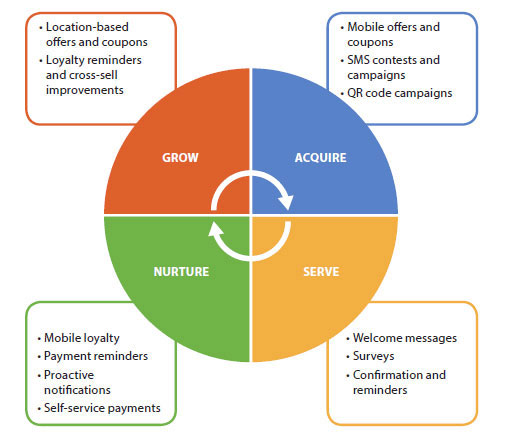Cool Orologi: Timeless Trends
Explore the fascinating world of watches and timepieces.
Loyalty Retention Analytics: Secrets That Keep Customers Coming Back
Uncover the secrets of loyalty retention analytics and learn how to keep your customers coming back for more! Click to boost your business today!
Understanding Customer Loyalty: Key Metrics You Should Track
Understanding customer loyalty is crucial for any business looking to thrive in a competitive market. By analyzing key metrics, companies can gain valuable insights into customer behaviors and preferences. Some fundamental metrics to track include:
- Net Promoter Score (NPS): This metric gauges customer satisfaction and their likelihood of recommending your brand to others.
- Customer Lifetime Value (CLV): By measuring the total revenue expected from a customer over their entire relationship with your business, you can identify your most valuable customers.
- Purchase Frequency: Understanding how often customers make purchases helps in segmenting loyal customers from occasional buyers.
Moreover, tracking customer churn rate can help identify areas for improvement. A high churn rate indicates that customers are not satisfied with your products or services, signalling the need for quick corrective measures. Additionally, examining engagement metrics, such as repeat purchase rate and customer referrals, can provide insights into the effectiveness of your loyalty programs and marketing strategies. By focusing on these metrics, businesses can foster greater customer loyalty, ultimately leading to increased sales and a more robust brand reputation.

Counter-Strike is a popular tactical first-person shooter game that emphasizes teamwork and strategy. Players can engage in various game modes, competing as terrorists or counter-terrorists. For those looking to enhance their gameplay experience, consider checking out the clash promo code for special offers.
The Psychology Behind Customer Retention: What Keeps Them Coming Back?
Understanding the psychology behind customer retention is crucial for businesses striving to maintain a loyal customer base. One key factor is the concept of emotional connection. When customers emotionally resonate with a brand, they are more likely to return. This connection is often fostered through consistent positive experiences, excellent customer service, and effective communication. Brands that tap into their customers' values and align their offerings accordingly can create a strong bond. Additionally, utilizing strategies such as personalized marketing campaigns can significantly enhance this emotional connection, making customers feel valued and appreciated.
Moreover, another aspect of customer retention psychology is the principle of reciprocity. When customers feel they are receiving something of value, such as discounts or loyalty rewards, they are more inclined to reciprocate by remaining loyal to the brand. This dynamic can create a cycle of engagement where customers are incentivized to return. Additionally, the fear of loss also plays a critical role; customers may choose to stick with a familiar brand to avoid the uncertainty of switching to a new one. Understanding these psychological triggers can empower businesses to develop strategies that effectively enhance customer loyalty and retention.
Top Strategies for Analyzing Loyalty Data and Boosting Retention Rates
In today's competitive market, understanding your customers' behaviors is crucial for boosting retention rates. Analyzing loyalty data should begin with segmenting your customer base into distinct categories. This allows you to identify specific behaviors and preferences within each group. For effective analysis, consider employing techniques such as customer lifetime value (CLV) calculation and cohort analysis. These methods help pinpoint which segments contribute most to your revenue and how to tailor your marketing strategies accordingly.
Another key strategy for leveraging loyalty data is to continuously gather feedback through surveys and social listening. By actively engaging with your customers, you can uncover insights into their experiences and expectations. Implementing a regular feedback loop not only helps identify areas for improvement but also makes customers feel valued, thereby increasing their likelihood of returning. To wrap up, remember to utilize data visualization tools for clearer insights and effective presentations of your findings, ensuring your team can act on this information swiftly.